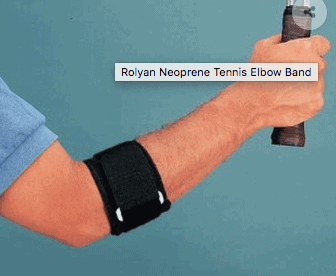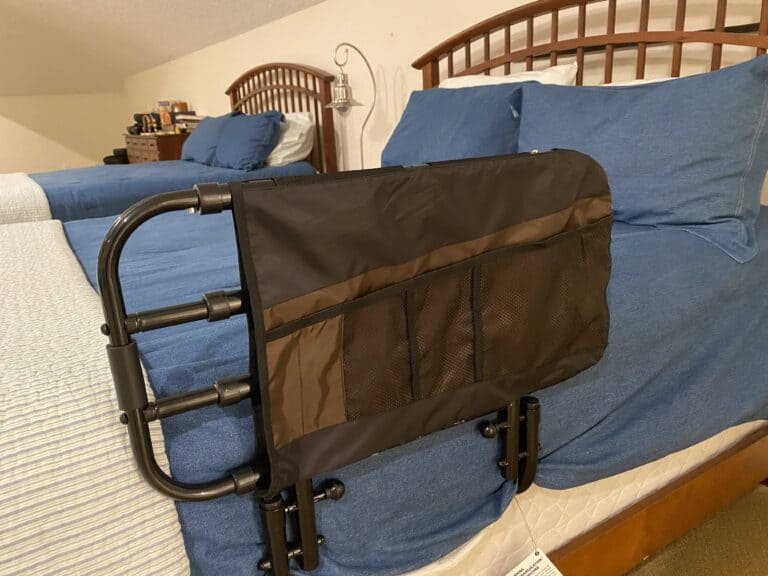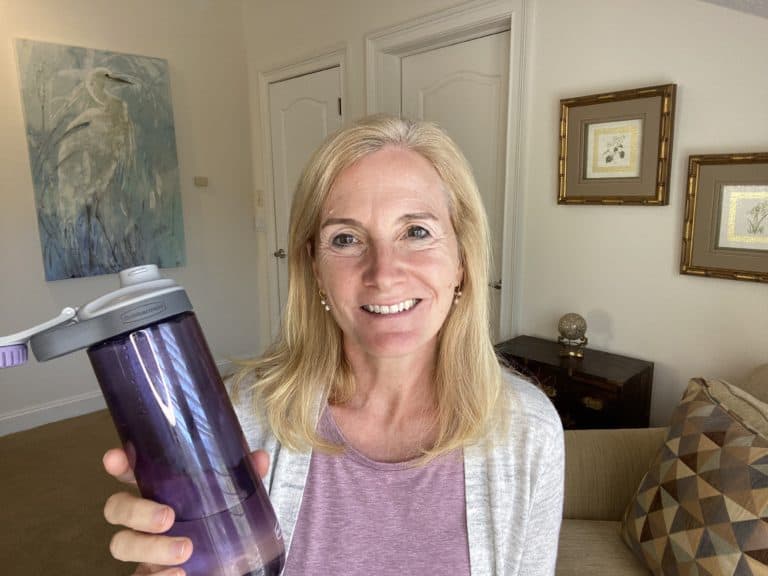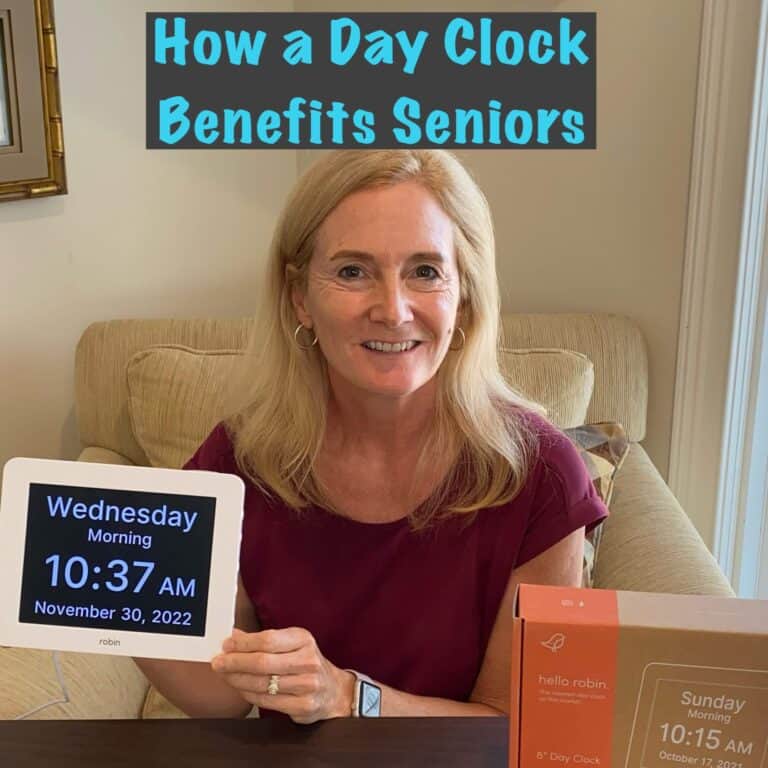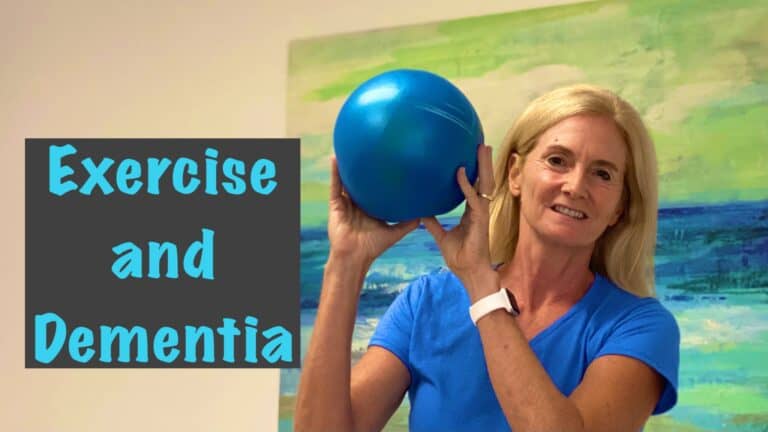Sleeping with Tennis Elbow: The Ultimate Guide
Do you suffer from tennis elbow or golfer’s elbow? Have you been struggling to get a good night’s sleep because of the pain? If so, this guide is for you!
In this post, I will discuss how to sleep with tennis elbow or golf elbow so that you can get the rest you need in spite of this incredibly frustrating condition.
I will also provide tips on how to reduce inflammation and elbow pain. Let’s get started!
What is Golf/Tennis Elbow?
Golfer’s elbow and tennis elbow are both forms of tendonitis, which is the inflammation of a tendon. The tendons that are most commonly affected are the ones that attach the muscles of the forearm to the bone on the outside of the elbow.
Symptoms of golf/tennis elbow include:
- Pain on the inside or outside of the elbow
- Pain that radiates to the forearm or wrist
- Pain that is worse when gripping an object
- Pain that is worse at night
Even if you don’t play tennis or golf, you can develop this form of tendonitis at the elbow joint. Basically, tendonitis is an overuse injury that can be caused by repetitive motions of the wrist and forearm.
Tennis elbow pain can often disrupt your sleep making it difficult for your body to heal.
Keep reading to learn how you can sleep more comfortably with this common and painful condition.
How to Sleep with Golf/Tennis Elbow
Trying to get good sleep when you are in pain is always a challenge.
The inflammation resulting from tennis elbow or golfer’s elbow causes swelling which can restrict blood flow and compress nerve endings causing pain in the affected arm.
Below I cover several strategies to optimize sleep in spite of tendonitis pain. Let’s dive in!
Best Sleeping Positions
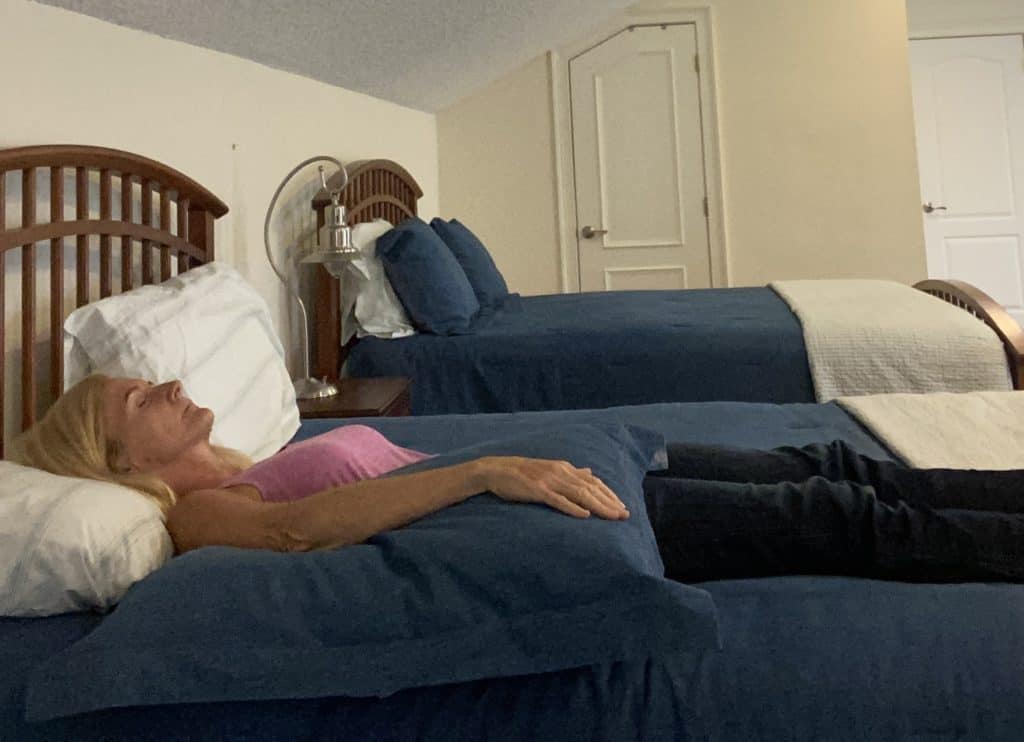
It is important to keep your elbow straight while you are sleeping. It can be difficult to find a comfortable sleeping position that allows your arm to remain straight.
Ideally, you should sleep on your back with the affected arm straight. This sleep position can help to optimize blood flow and relieve symptoms.
Side sleeping is a bit trickier when dealing with tennis elbow or golfer’s elbow.
Many side sleepers curl up into fetal positions, bending their elbows and wrists which can increase tennis elbow symptoms. Tennis elbow sufferers should try to keep the arm straight by propping it on positioning pillows or folded blankets.
Sleeping positions that keep the affected arm straight can increase blood circulation and promote the healing process.
Comfort Measures Can Help
When dealing with tennis or golfer’s elbow pain, using ice and heat can help to manage the swelling, blood flow, and pain.
Ice
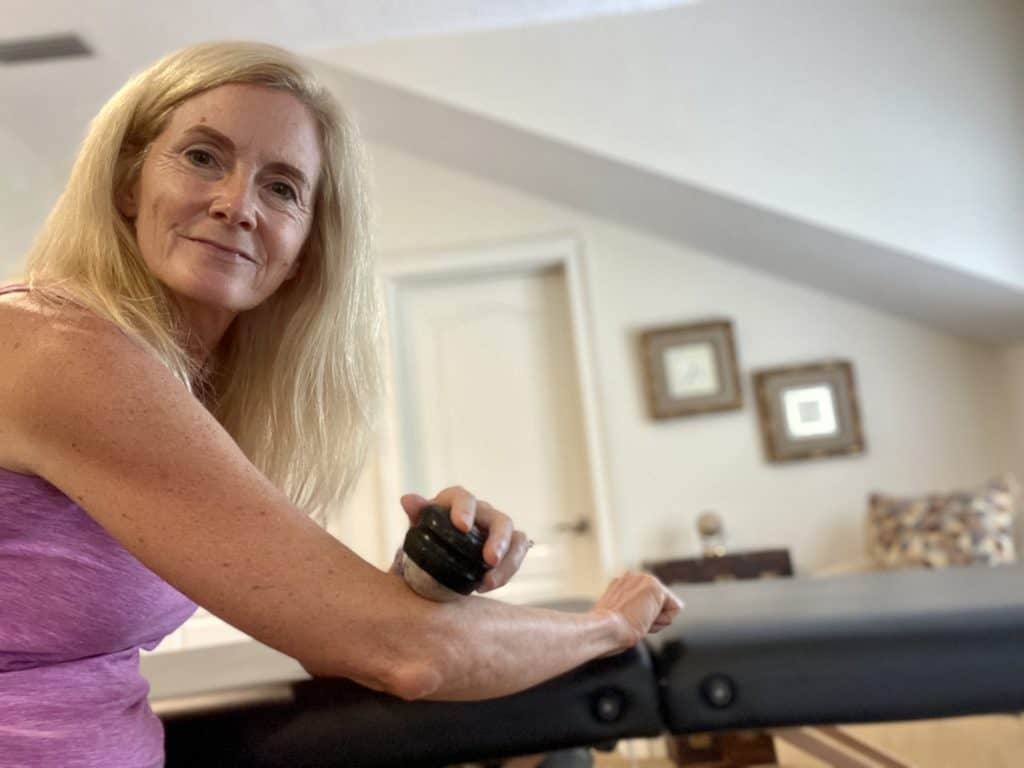
Often elbow pain related to tendonitis is worse at the end of the day and overnight. Active swelling can occur throughout the day as you use your affected arm which leads to increased pain.
Applying ice for 7-10 minutes before bedtime is a good way to control inflammation and swelling while reducing nighttime pain. Cold acts to shrink blood vessels and temporarily reduce blood flow to the area which can decrease swelling.
Pain Cream
Applying a pain cream can also relieve discomfort and help you sleep with tennis elbow.
Pain creams are applied to the skin over the affected area. The medication is absorbed by the skin and works directly on the painful area without a need for oral painkillers.
Heat
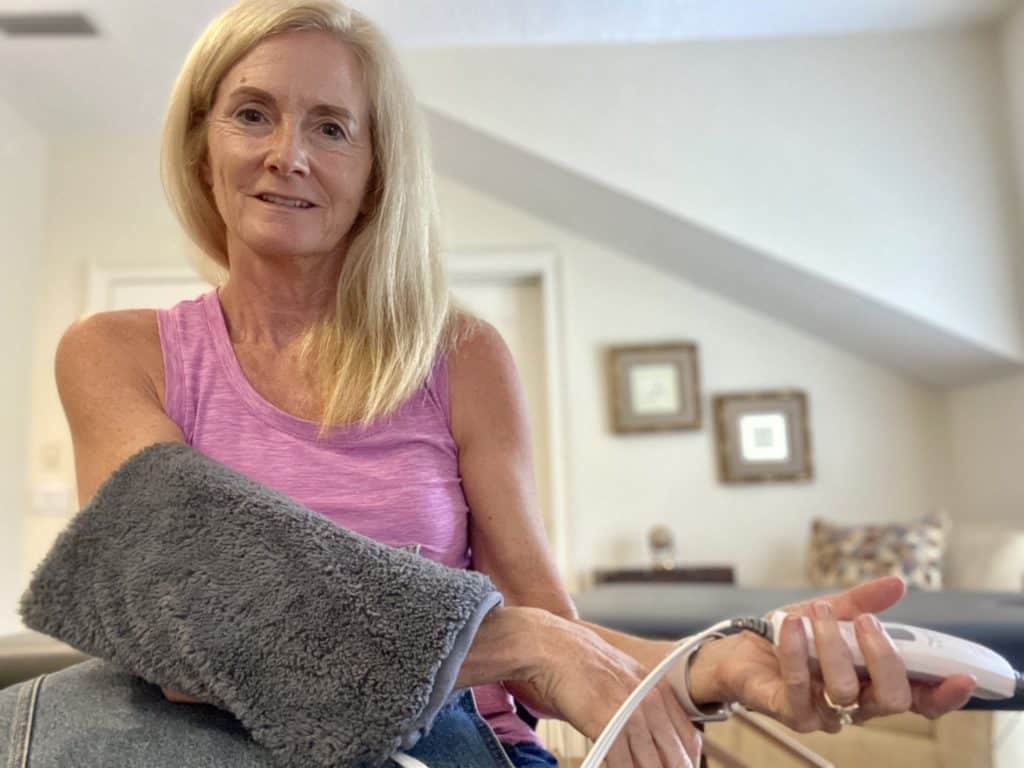
When you awake, your affected arm may feel stiffer and sorer. Applying a heating pad in the morning can help increase blood flow and reduce stiffness that may have developed overnight.
Another useful strategy is to apply gentle massage to the affected area. Mechanical pressure can help to stimulate blood flow, promote healing and break up any adhesions that may have formed. See a video demonstration here.
Movement Matters
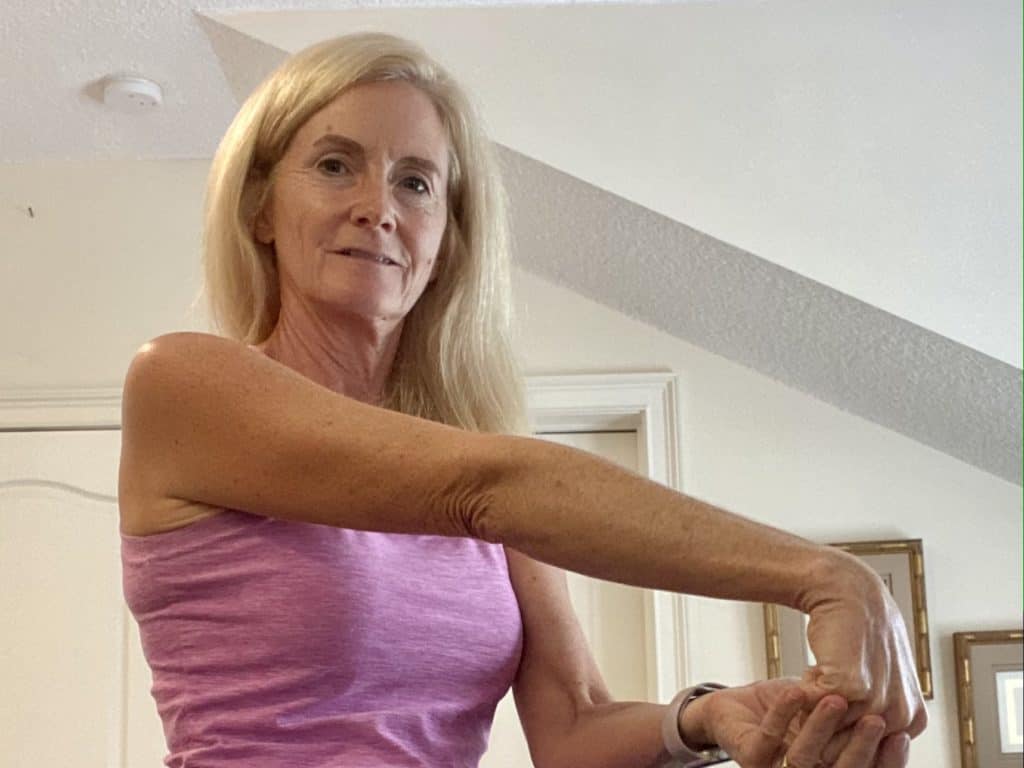
Gentle movement of the affected arm can help promote healing. Stretching and actively moving your shoulder, elbow, and wrist can promote optimum blood flow and healing.
Both tennis elbow and golfer’s elbow injuries will benefit from simple forearm and wrist stretches. View a demonstration video here.
By keeping the muscles and joints of your affected arm mobile and active, you can help to speed healing and improve sleep.
Check with your occupational or physical therapist for specific exercises that may benefit you.
Avoid Aggravating Your Affected Elbow
Aggravating factors can differ depending on weather you have tennis elbow or golfer’s elbow.
Tennis Elbow
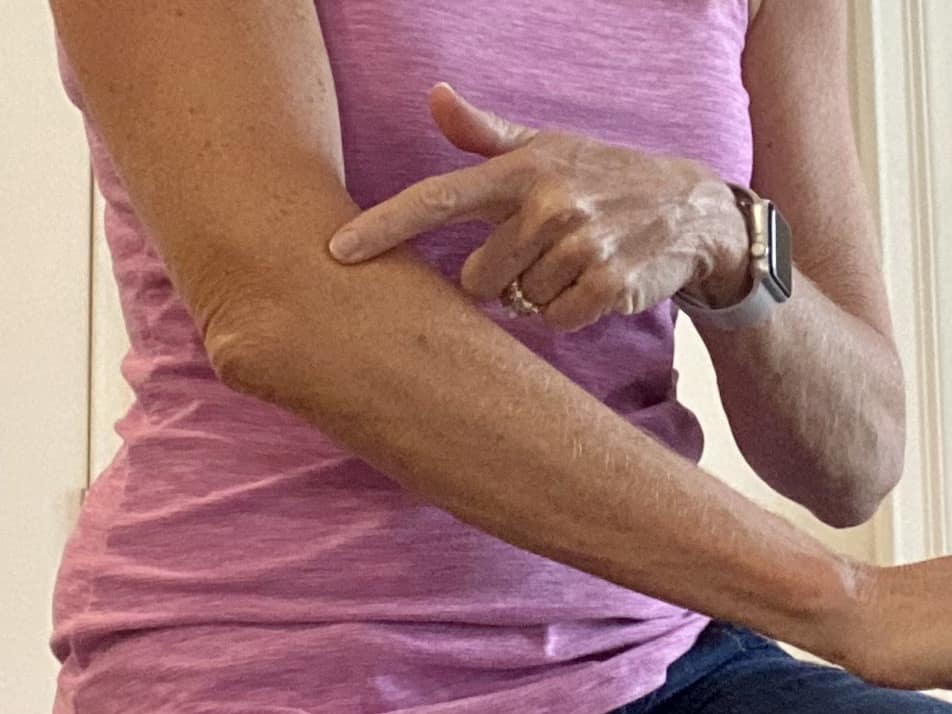
Tennis elbow also known as lateral epicondylitis is tendonitis (inflammation of the tendons) that affects the forearm muscles that act to extend your wrist.
These muscles are located on the back of your arm. They attach at the lateral elbow, hence the name lateral epicondylitis.
With tennis elbow, you want to avoid repetitive wrist extension especially while gripping something in your hand. Activities like tennis, painting, driving a car, or writing on a whiteboard or flipchart will likely aggravate your elbow injury.
Golfer’s Elbow
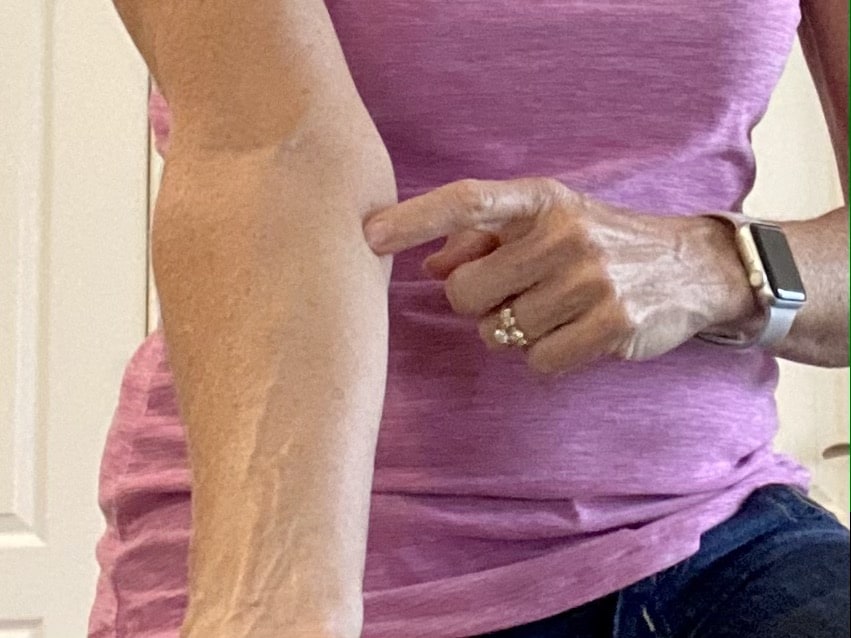
Golfer’s elbow is also known as medial epicondylitis and results from inflammation of the tendons that flex your wrist.
These muscles are located on the front of your arm or the same side as the palm of your hand. They attach at the medial elbow hence the name medial epicondylitis.
With golfer’s elbow your want to avoid repetitive wrist flexion, especially while gripping something in your hand. Activities like following through on a golf swing, carrying grocery bags, and turning a doorknob can aggravate your elbow injury.
Avoiding repetitive movements that aggravate your tennis elbow or golfer’s elbow will lead to less pain and better sleep.
Key Considerations For Successfully Sleeping with Tennis/Golfer’s Elbow
Nighttime pain from golf or tennis elbow can keep you from getting desperately needed sleep. As discussed above, sleep position is an important consideration to help decrease possible nightly aggravation and help you fall asleep and stay asleep.
Using ice and heat at the appropriate times of day can help improve golfer’s elbow and tennis elbow symptoms. Pain creams and gentle massage can improve blood flow and decrease symptoms leading to better sleep.
Finally, be sure to keep the affected arm moving with gentle stretches and active motion that can speed healing. Avoid aggravating repetitive movements.
Are Braces Beneficial?
In short, yes, they can be. But choosing the right one can be complex. Here is a brief synopsis of the types of braces. Read our review of the best tennis elbow braces.
Compression sleeve
A compression sleeve slips on over your hand. It extends from the middle of your upper arm to the middle of your forearm.
The elastic fabric supports the muscles of your forearm. Compression sleeves can help to increase blood flow, decrease swelling, and relieve pain.
Elbow strap
An elbow strap is a small device that is worn just below the elbow and secured by velcro. It provides compression directly to the inflamed tendons and can help to relieve pain.
Elbow brace
An elbow brace provides compression and firm support for the affected muscles. It is smaller than the compression sleeve but larger than the elbow strap.
The elbow brace is not as flexible as the compression sleeve so it may restrict motion somewhat. It is also bulkier than the sleeve and may be difficult to wear under a long sleeve shirt.
Wrapping Up
Tennis and golfer’s elbow are painful conditions that can disrupt sleep and take a long time to heal. Sleep is critical to good health and healing from your injury.
In this article, I have covered several ways to improve your sleep while your elbow injury is healing including sleeping position and comfort measures.
I’ve also discussed general tips for reducing inflammation and promoting healing.
Be sure to see your physician, occupational therapist, or physical therapist to get specific treatments and exercises to help you heal completely and prevent future injury.

